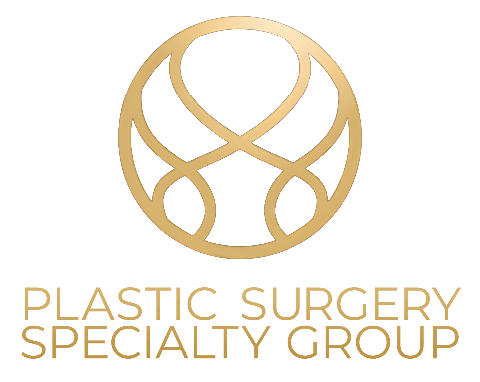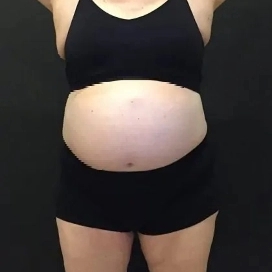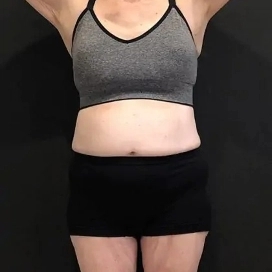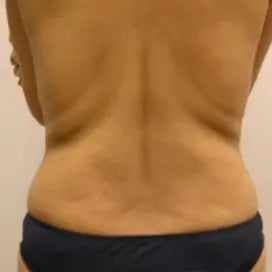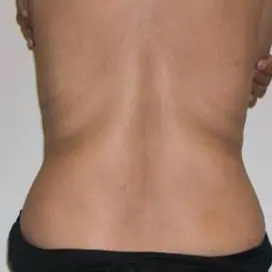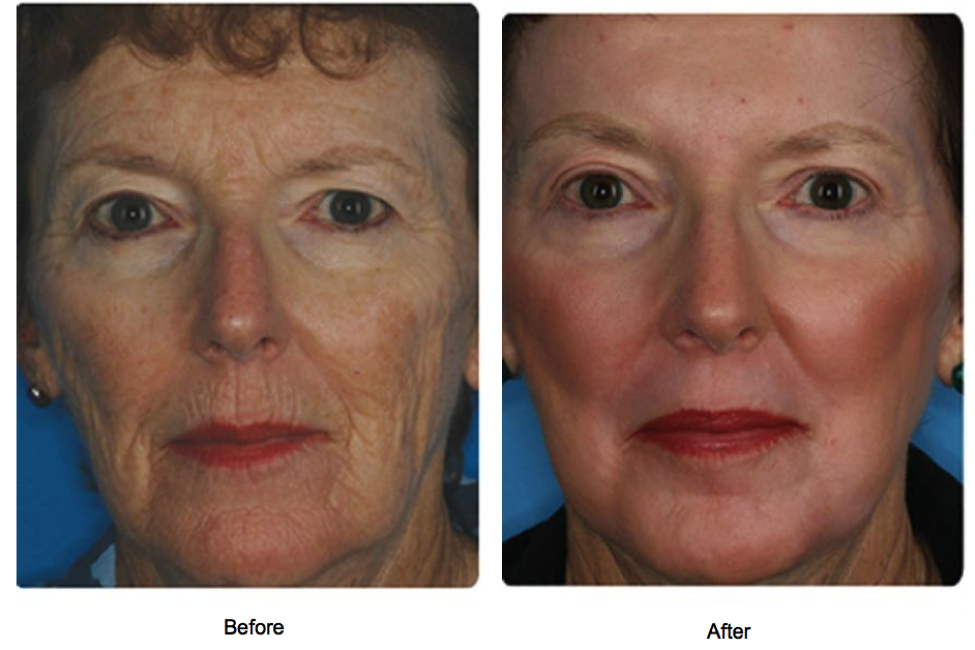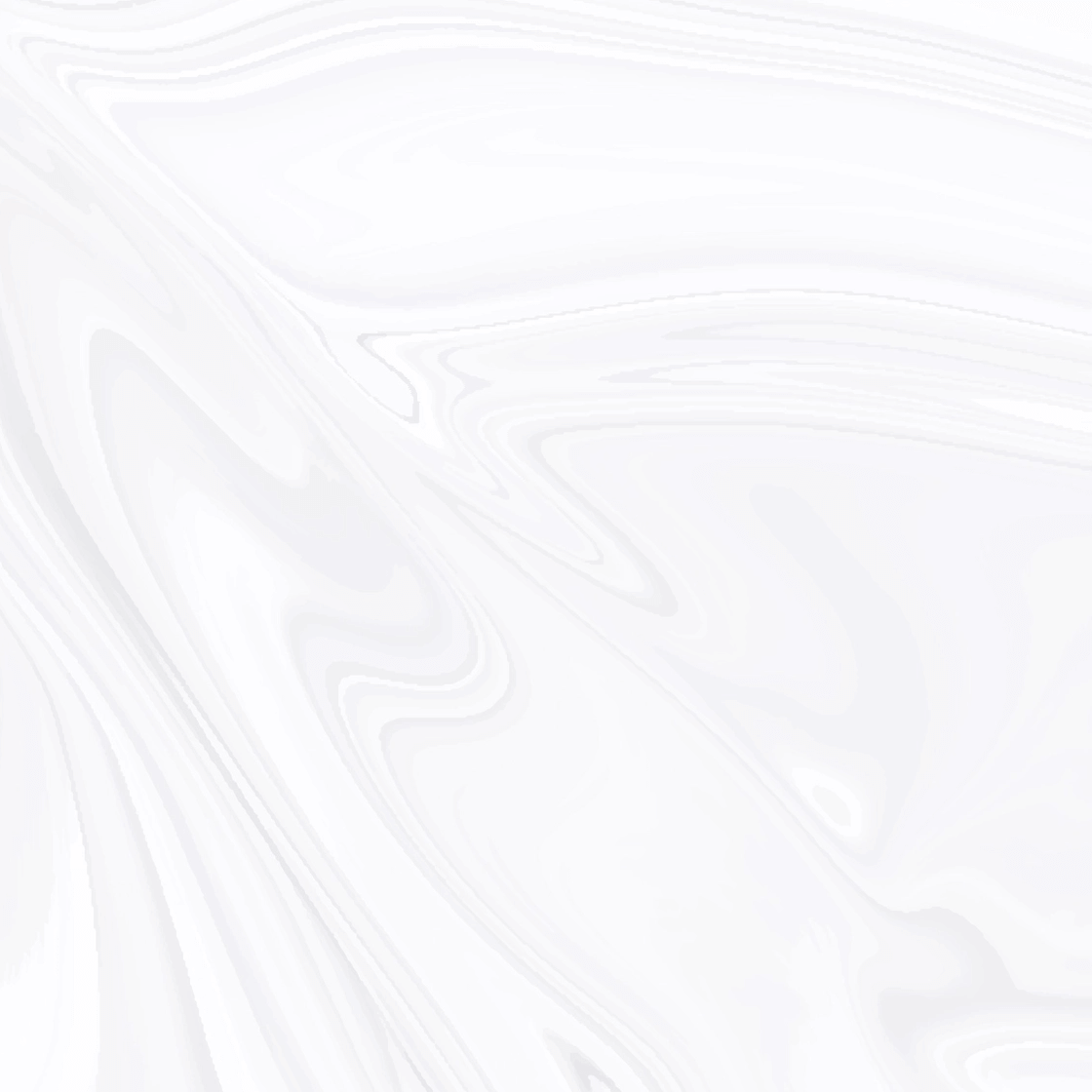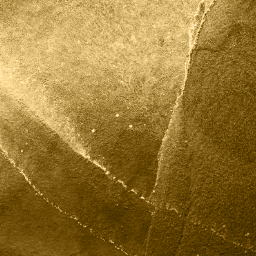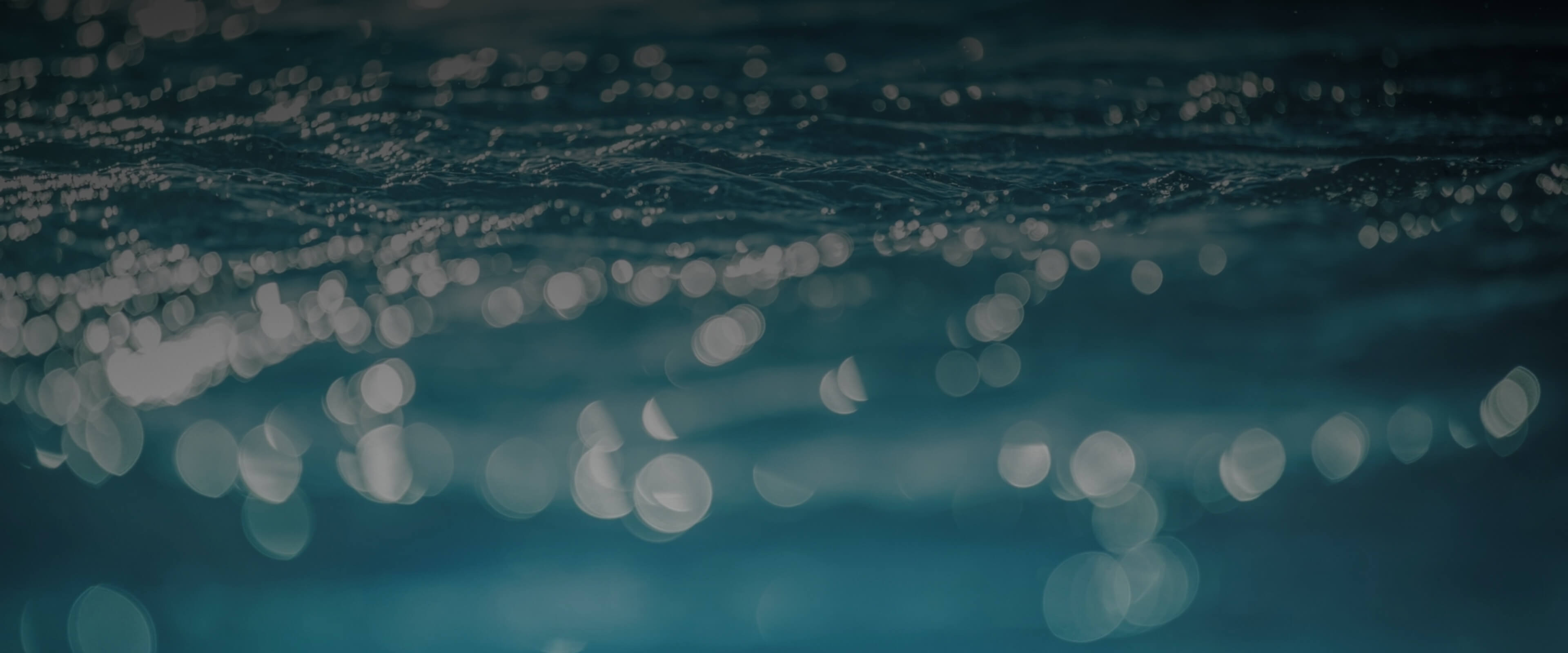
The sun is high and hopefully sunscreen and floppy hat sales are high too.
I have about three wide-brimmed hats that go into daily rotation starting in June. Still, there are a few patches of freckles I feel snuck up on me, even as a beach-umbrella, sun-hat lover.
I was burnt a few times laying out at the beach as a kid, which probably greatly contributed.
A family vacation to US Virgin Island Saint John left me red as a lobster and peeling once we returned home. I wish I could say that was the only time I let the sun cook me, but it wasn’t.
Track practices, college study days on the lawn, and ill-fated naps on beach chairs all played a role.
I’m no newbie to Aloe (although I am proud to say I’ve never been to a tanning bed).
Sometimes being out in the sun too long happens by accident, but all those times do add up on our skin.
While it’s true that people often get most of their sun exposure before the age of 18 (thanks to all that time playing outdoors and wiggling out of sunscreen applications), sun damage, which causes wrinkles, discoloration, and skin cancers, happens steadily throughout your life.
In fact, a study published by the American Society for Photobiology found that Americans acquire only 23 percent of their sun damage by age 18 and get about 10 percent more every decade after that.
Sun, skin disorders, aging and even heredity can all contribute to skin irregularities on the face and elsewhere on the body.
These include textural irregularities like wrinkles and acne scars, pigmentation changes like freckles and sunspots, or visible blood vessels.
In addition, skin may lose tone, feel less firm, and certain areas of the body may develop cellulite conditions.
It’s hard to avoid the glare of the sun and by the time we’ve reached adulthood many of us can see signs of unwanted damage.
What can be done about the damage?
There are procedures available that can help fix those irregularities. Non-surgical options fall into the categories of skin rejuvenation and skin resurfacing.
Conditions that can be treated with skin rejuvenation and resurfacing include:
- Static wrinkles: These wrinkles are visible at all times and do not change in appearance with facial movements
- Dynamic wrinkles: These are expression lines that may appear as folds when the skin is not moving, and deepen with facial movements or expressions
- Pigmentation: Freckles, sun spots, or other darkened patches of skin result mainly from sun exposure

- Scars: As the result of acne or injury to the skin, scars may be rolling (a wavy appearance to the skin), pitted, discolored, or have raised borders
- Vascular conditions: Blood vessels visible on the surface of the skin, vascular lesions that appear as tiny blood-filled blisters or even a constant flush of facial redness

- Loss of skin tone: Weakening of the supportive skin structures (collagen and elastin fibers) that result in a loss of skin firmness or the development of cellulite
What is skin rejuvenation?
These kinds of procedures include:
- Chemical Peels – a chemical peel uses a chemical solution (hence, the name) to smooth the texture of your skin by removing the damaged outer layers. They are mostly used for the face but they can also be used to improve the skin on your neck and hands. It is one of the least invasive ways to improve the appearance of your skin.
- Facials – non-invasive but don’t cause drastic change either.
- RF Thermal Devices (Venus Viva™ and Venus Legacy®)
With RF Thermal Devices there are two innovative options:
Venus Viva™
One of the most innovative anti-aging, skin tightening treatments offered is Venus Viva, a non-invasive solution that reduces deep wrinkles and lines and refreshes your overall appearance. Safe for all skin types, Venus Viva offers you an alternative to laser skin resurfacing. Venus Viva is a versatile treatment that is ideal for men and women of all skin types with specific aesthetic concerns, but who aren’t ready for more invasive procedures. The use of advanced radiofrequency technology guided by SmartScan™ precision targeting makes Venus Viva the perfect solution for:
- Acne scarring
- Uneven skin texture
- Lax skin
- Deep wrinkles and fine lines
For busy professionals and on-the-go parents, Venus Viva requires minimal downtime, and most patients experience little discomfort.
Venus Legacy
Venus Legacy is destined to become one of the most exciting skin tightening and cellulite treatments available. Why? Because the Venus Legacy is fast, painless (the Venus Legacy treatment actually feels good, most agree) and produces superior results. Venus Legacy has become the latest craze in the media, quickly becoming the preferred treatment for the celebrity crowd. Venus Legacy doesn’t replace surgical procedures, of course, but it can make a discernable difference in six to eight sessions (about a week apart) for anyone.
The Venus Legacy is a non-invasive treatment that combines pulsed magnetic fields and radio frequency to penetrate all three layers of skin—epidermis, dermis and hypodermis. Treatments improve the flow of blood, and encourage the formation of new blood vessels, which in turn stimulate the production of collagen and elastin fibers. The treatment is appropriate for tightening skin and reducing the appearance of wrinkles. It can be used all over the body, including face, neck, arms, abdomen, thighs, and buttocks. It works really well for lax areas in the face (jowls) and neck; Venus Legacy can reduce, tighten and lift. Think non-invasive minilift!
What is skin resurfacing?
This procedure uses a laser to either:
- remove thin layers of skin
- stimulate collagen growth and tighten underlying skin
Those in the San Francisco Bay area can find information here on the various lasers available for this kind of procedure. Review your options and then consult with a doctor about the best procedure for you.
What about after the procedure?
If you decide to go through with rejuvenation, resurfacing, or a surgical procedure (like a facelife or necklift to reduce wrinkles) then you’ll want to take care of your new investment.
You took the first step forward to improve the appearance of your skin so continue on that path by caring for it after the procedure.
This means be extra vigilant about sun protection. Doctors will usually advise that direct sunlight be avoided for a few days after a procedure. Based on the treatment you received and your personal healing process, doctors may recommend a longer time out of the sun.
Even when you allowed to head to the beach or lay out on your deck, you should be protecting your new appearance from the damage that lead to the procedure in the first place.
Do you know your facts about the sun, though?
Myth:“I’m safe if I don’t sunburn”
Fact: UV exposure damages everyone’s skin – even if it goes unnoticed for years! Sunburns are visible reminders of the worst damage and should always be avoided, but damage can take place without any signs – the damage will appear as you get older, however.

Fact: Not necessarily. For example, clouds, fog, and haze block less than 20% of the rays. In addition, these invisible rays can reflect off directly-exposed areas into shady areas. You should still be wearing sunscreen (especially on your face!), even on cloudy days.
Myth:“Sunscreen lotion provides sufficient protection.”
Fact: Always use (at least) SPF 15+, but never solely rely on it because it usually isn’t applied properly. It must be evenly applied to all areas 15-30 minutes prior to exposure. Frequent reapplications are necessary because it loses effectiveness with time, washes off, or gets unconsciously wiped off. Areas like upper lips and brows are particularly susceptible because perspiration increases skin’s vulnerability.
Myth: “The air’s cool, so I’m protected.”
Fact: There’s no relationship to sun protection. While dangerous all year, UV assault is less in winter because the sun doesn’t rise as high in the sky.
Myth:“My tan will prevent the sun from damaging my skin.”
Fact: Suntans are visible proof of skin damage. Artificial tans provide absolutely no sun protection. The degree of sun protection from natural tans is minimal.
Myth:“It’s OK to get lots of sun today if I don’t do it often.”
Fact: Exposure to occasional periods of intense sunlight puts you at greater risk of melanoma than spending long hours in the sun.
Myth:“UV strikes only from direct sunlight.”
Fact: It also reflects off water, snow, concrete, sand and many other substances. Indirect and direct exposure compound to be particularly damaging.
Myth:“The sun’s height is the only factor affecting the degree of UV risk.”
Fact: UV is most dangerous during peak sun hours (10 AM-4 PM). Other factors also increase its assault. Higher altitudes or proximity to the equator entail less protective atmosphere. UV reflects off nearby objects. Perspiration and dirt increase skin’s susceptibility.
Conclusion:
No matter what method you choose for reducing sun damage, the most important thing is to take care of yourself afterward.
By protecting yourself from the sun, you are protecting your appearance.
You are also protecting your health.
Any more tips about sun exposure? Comment below and help others become informed.

